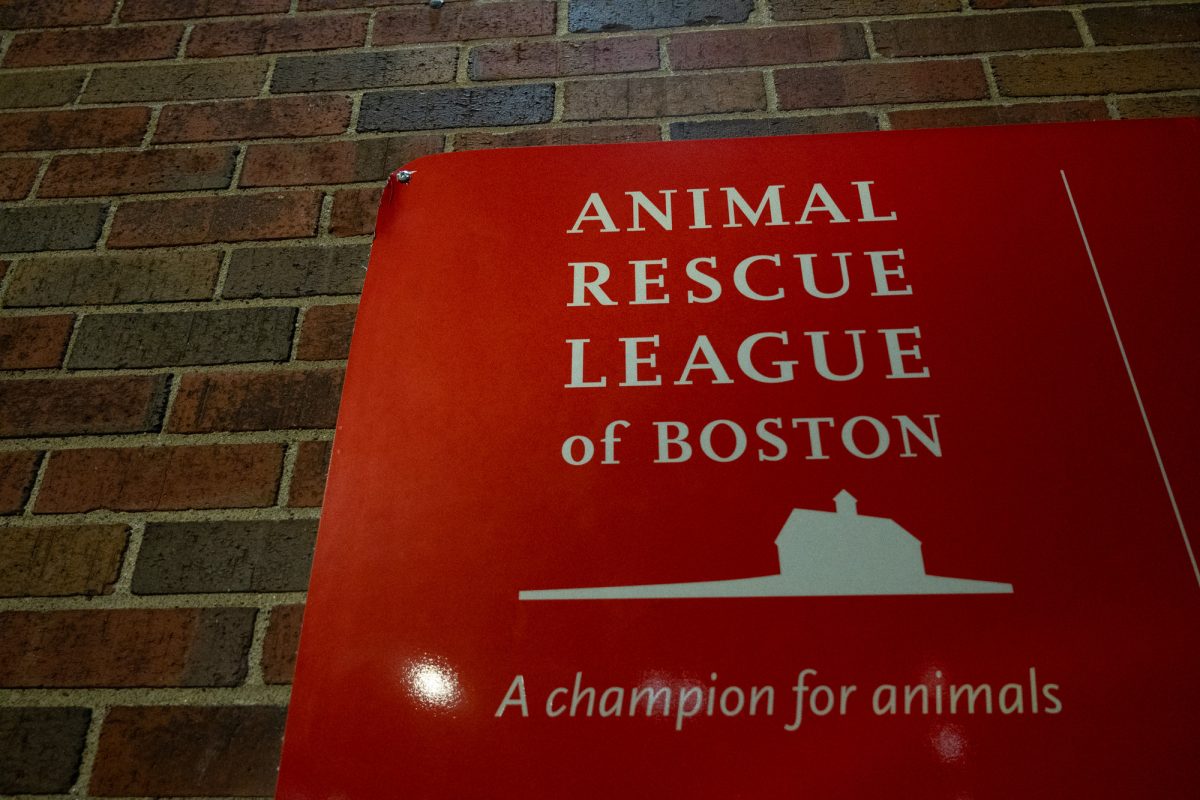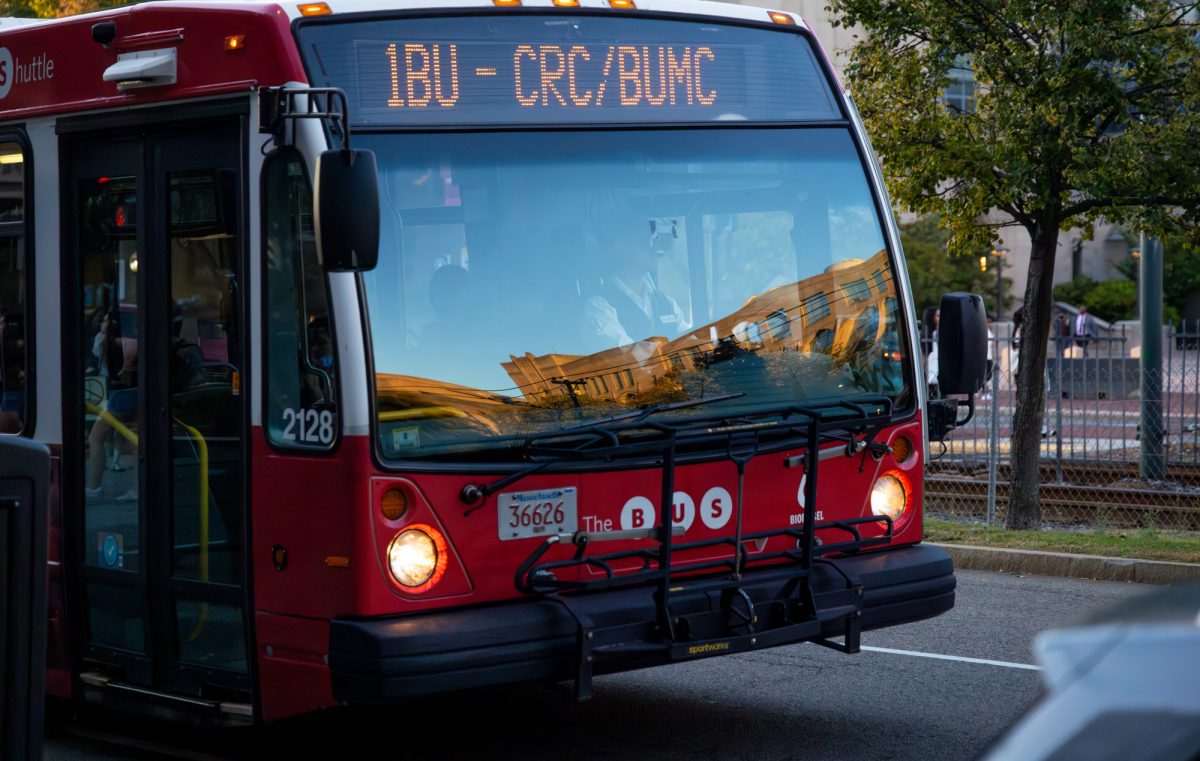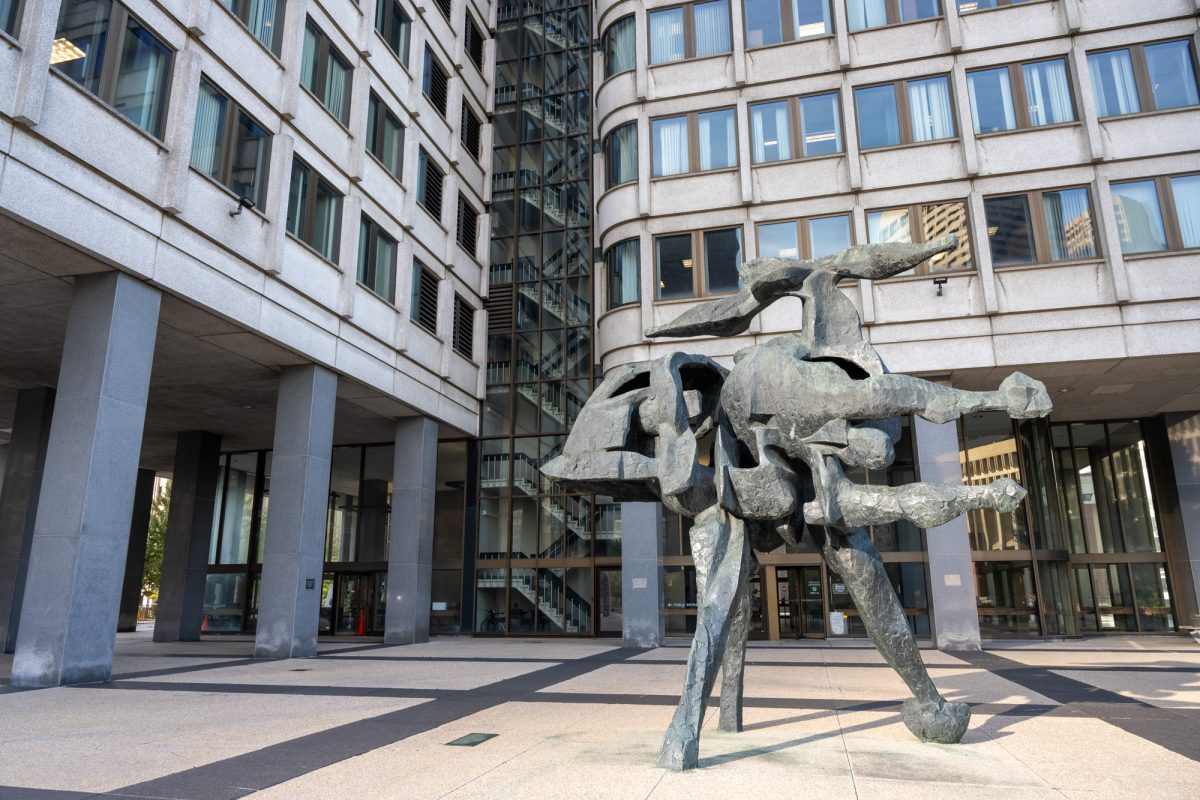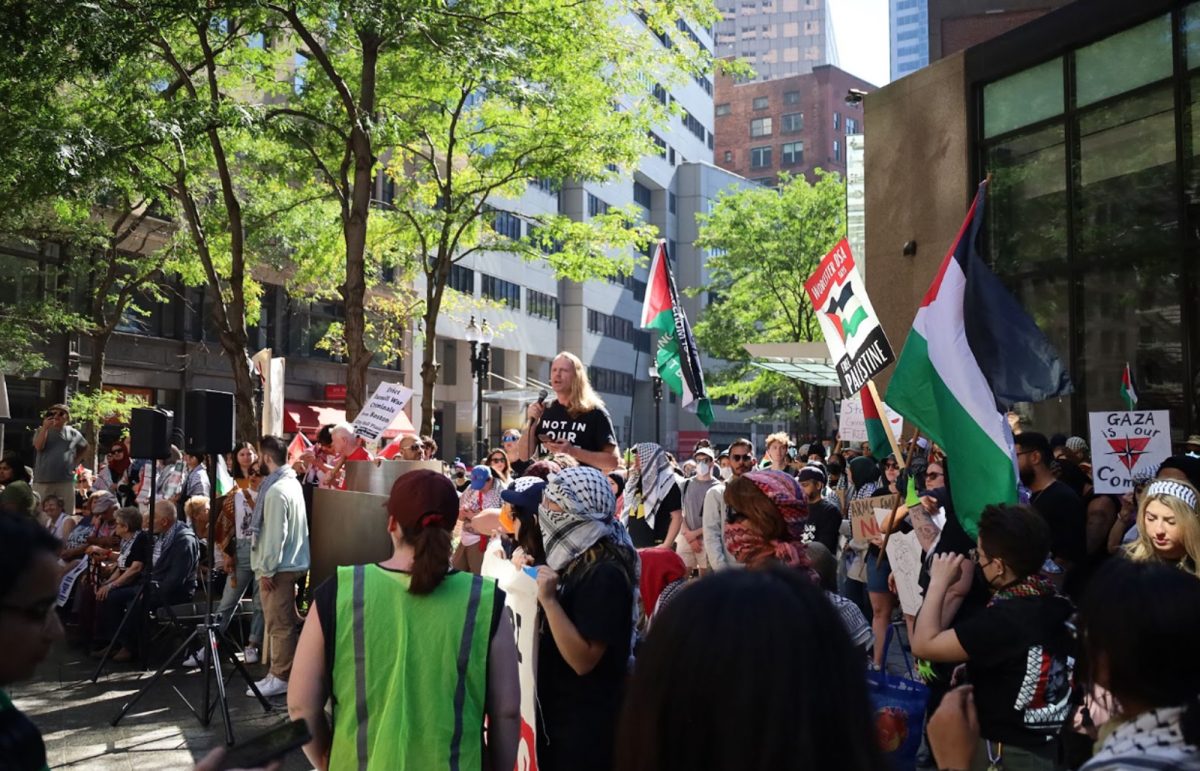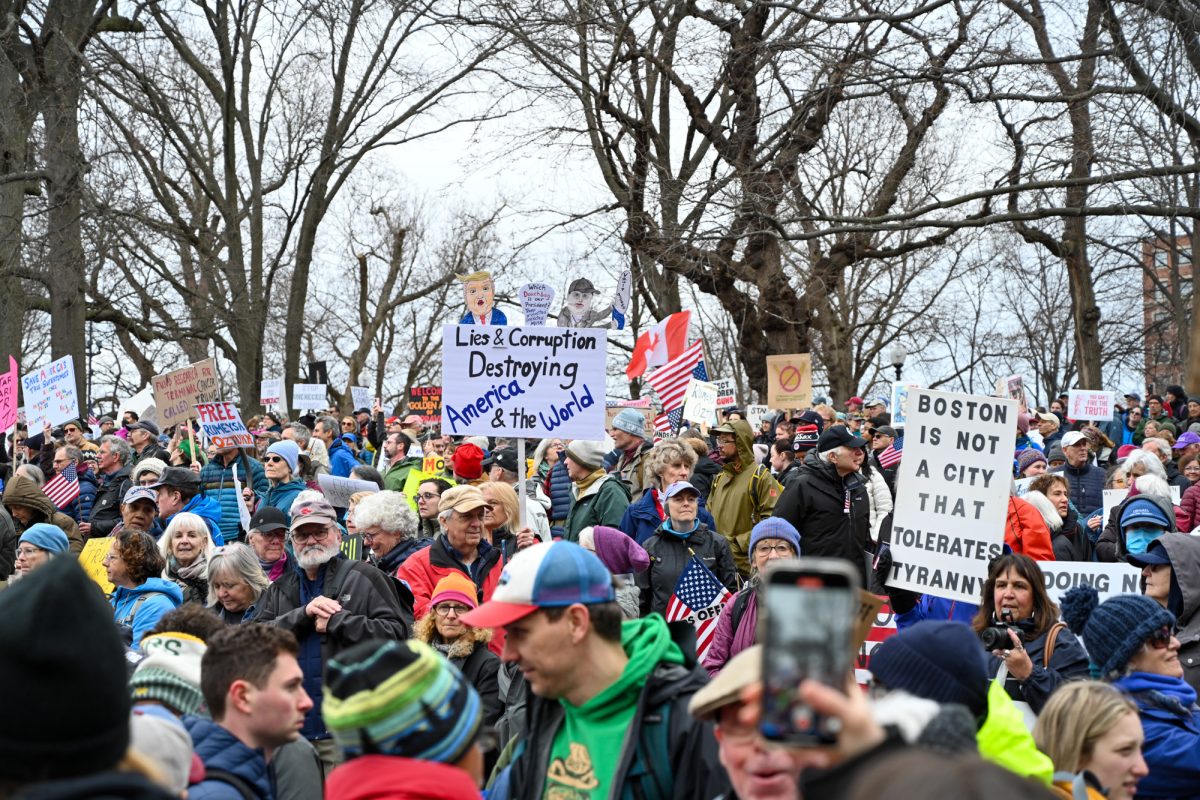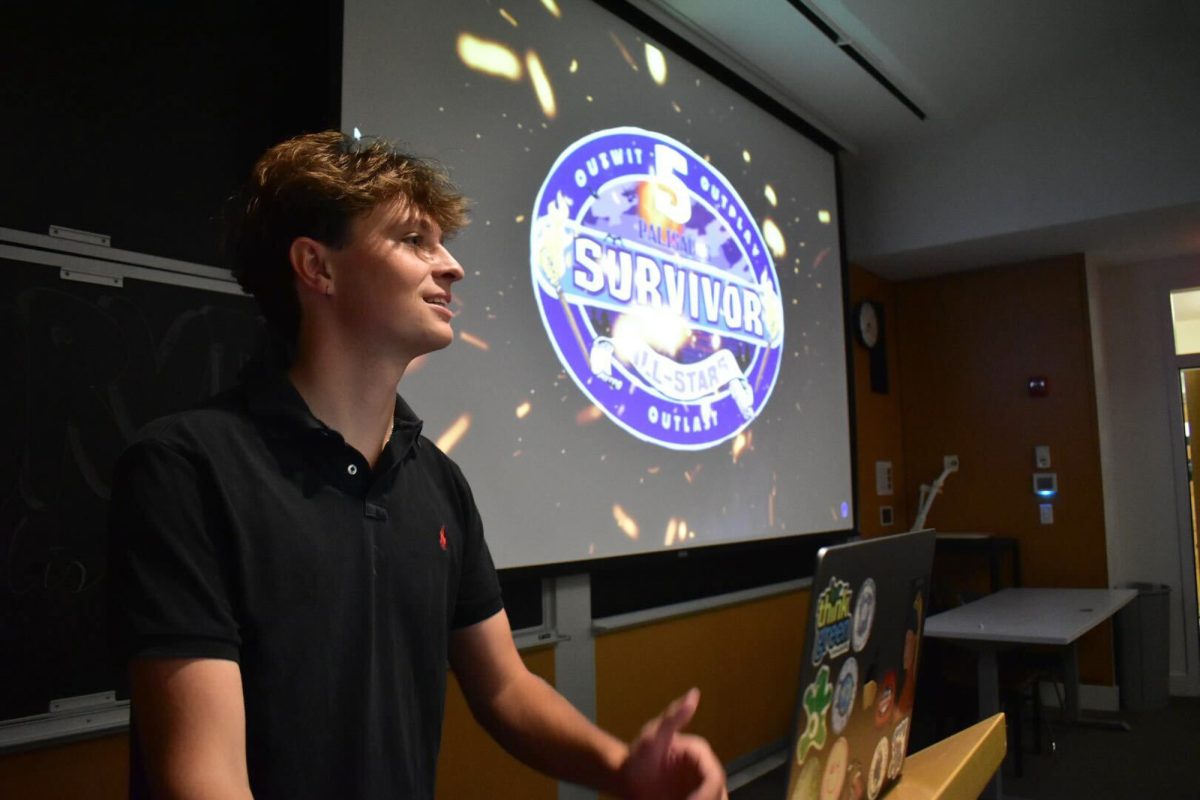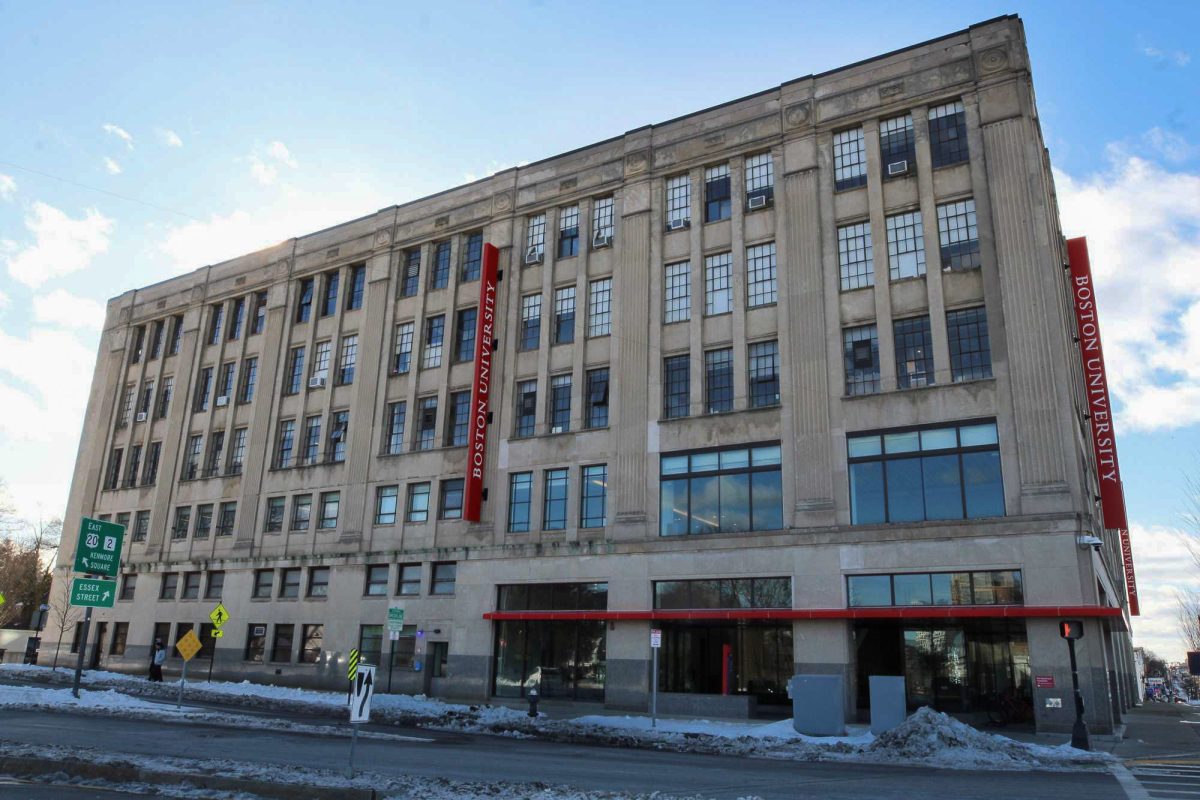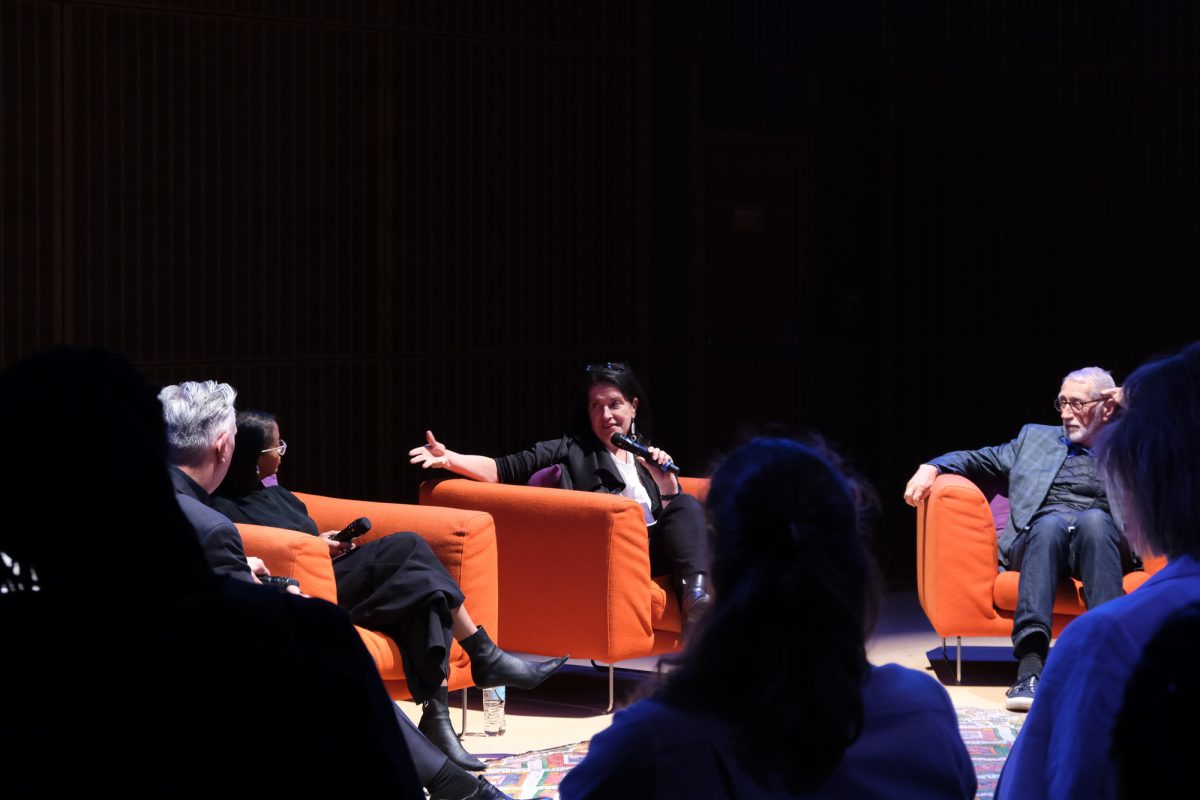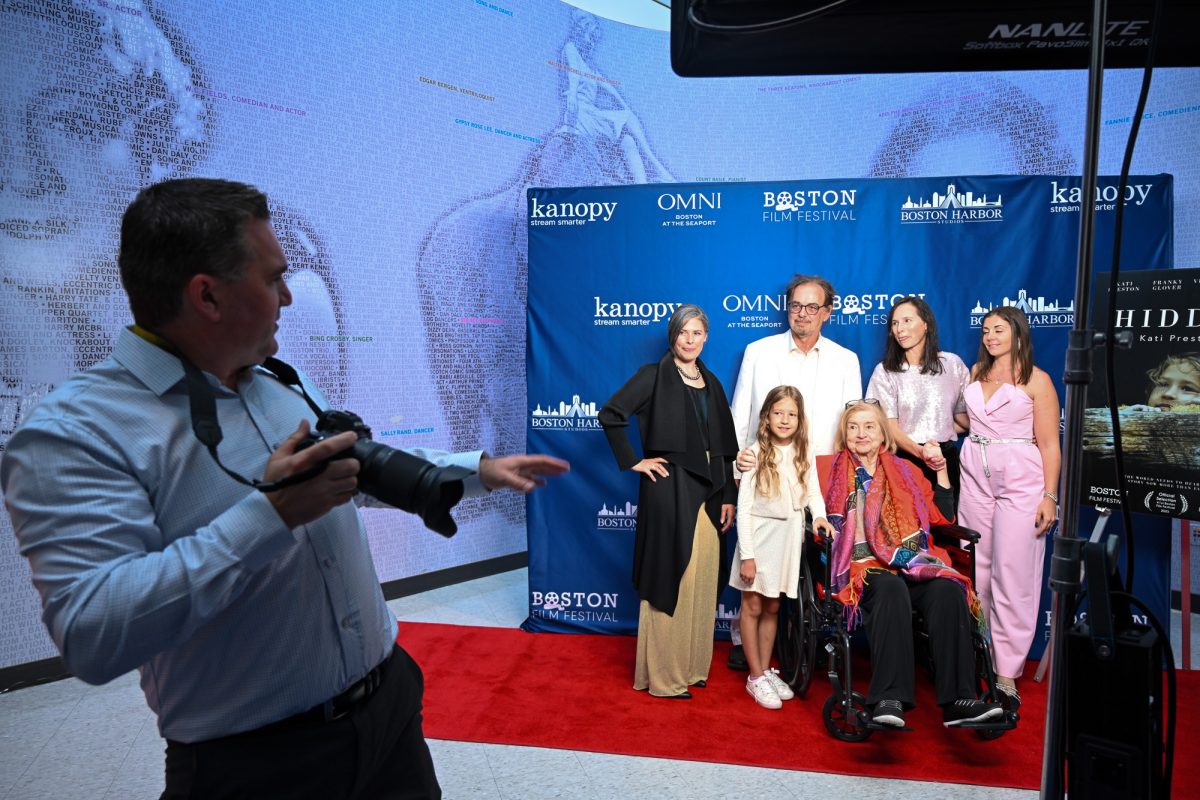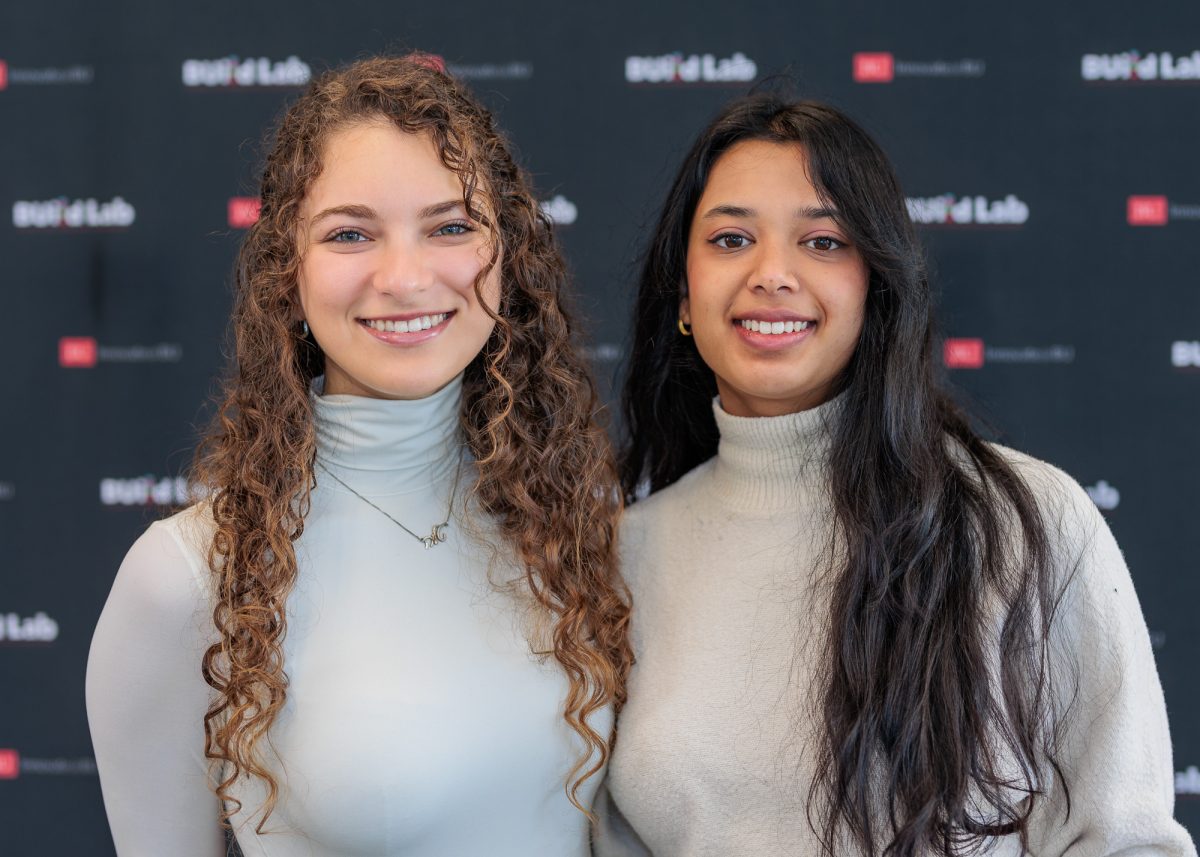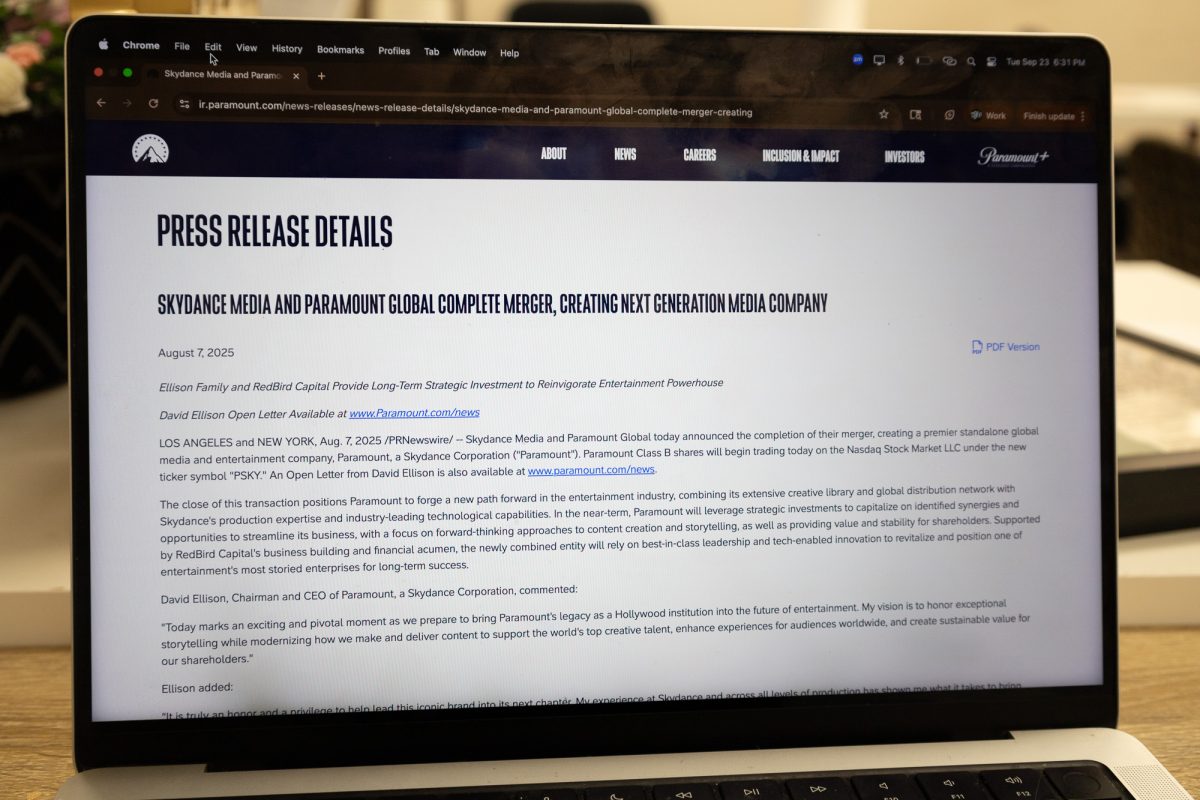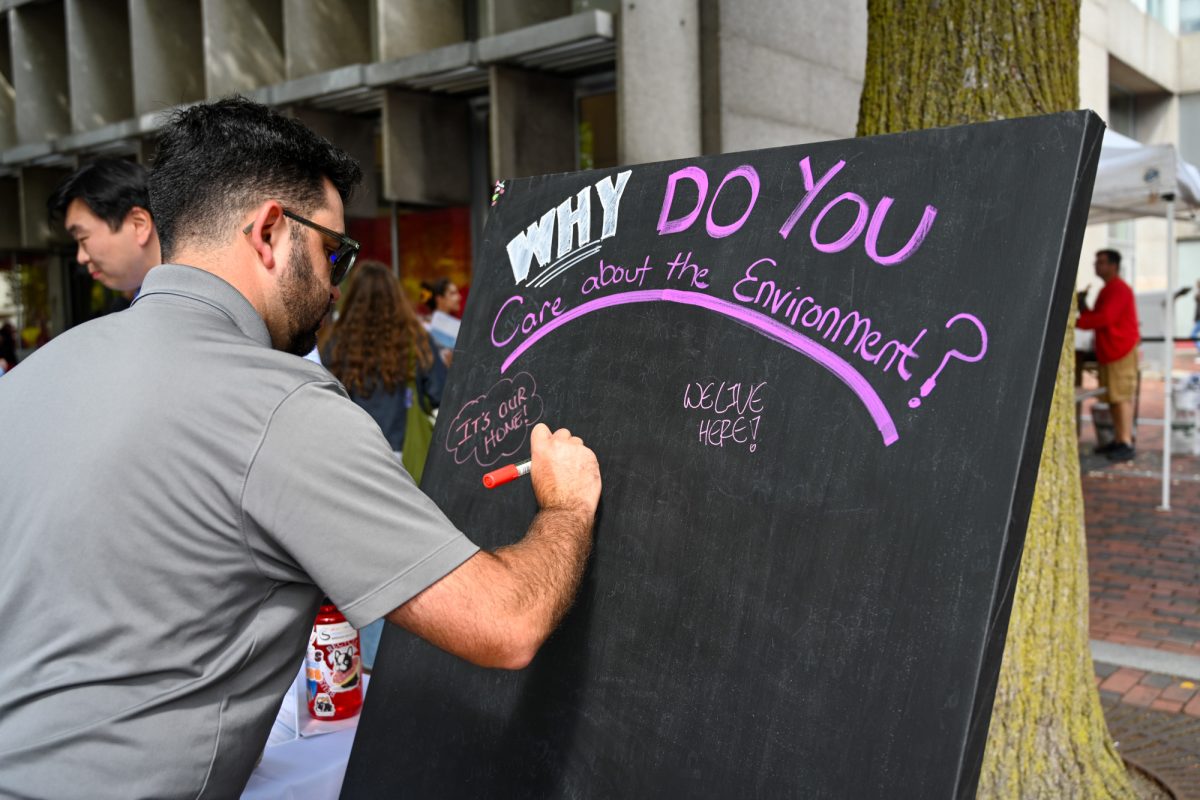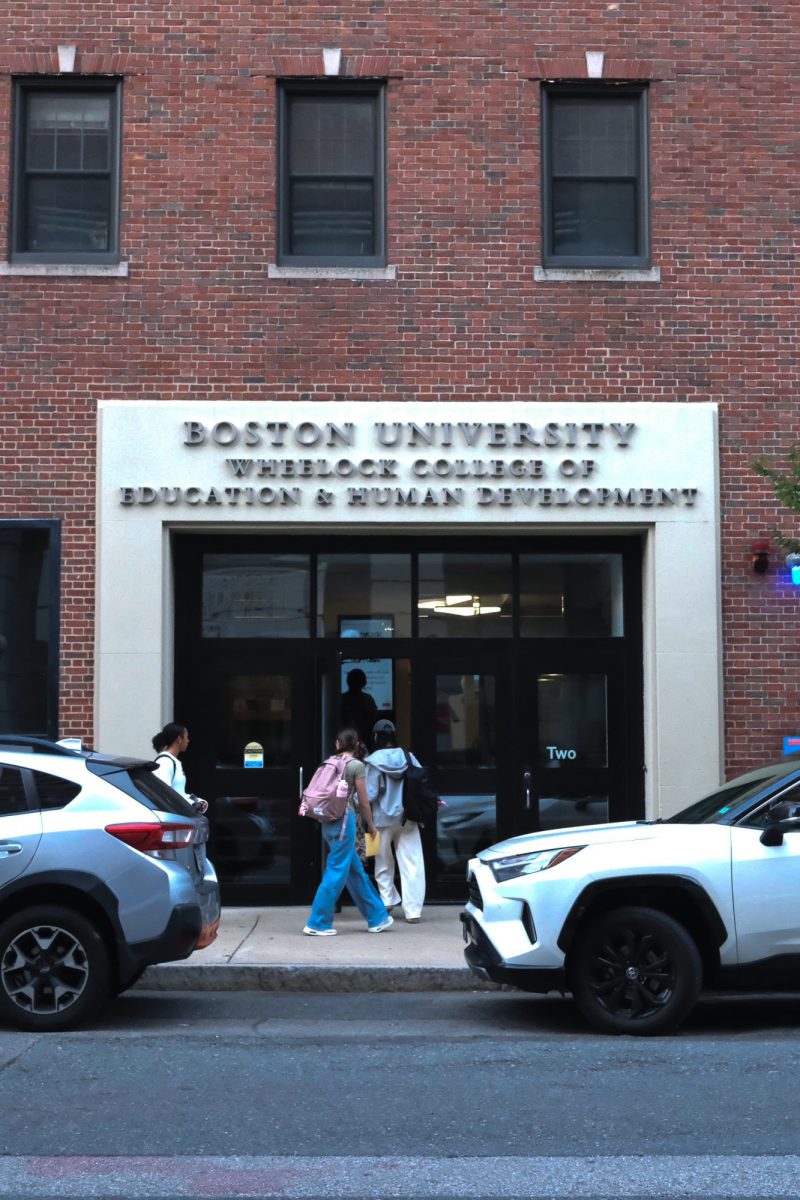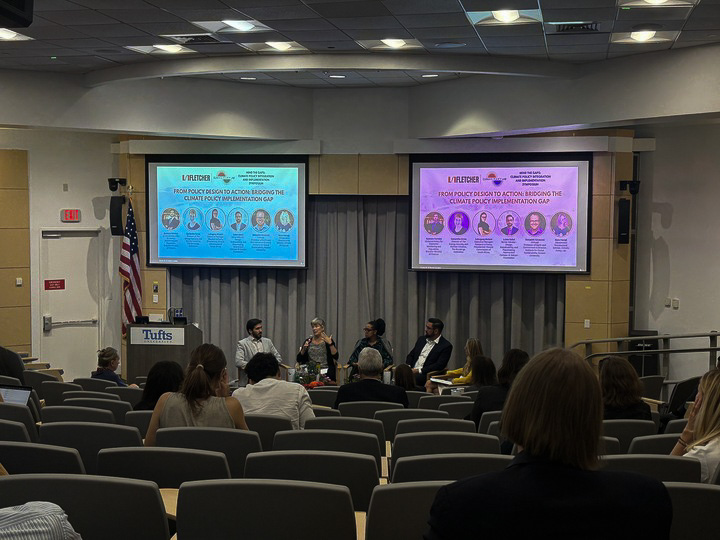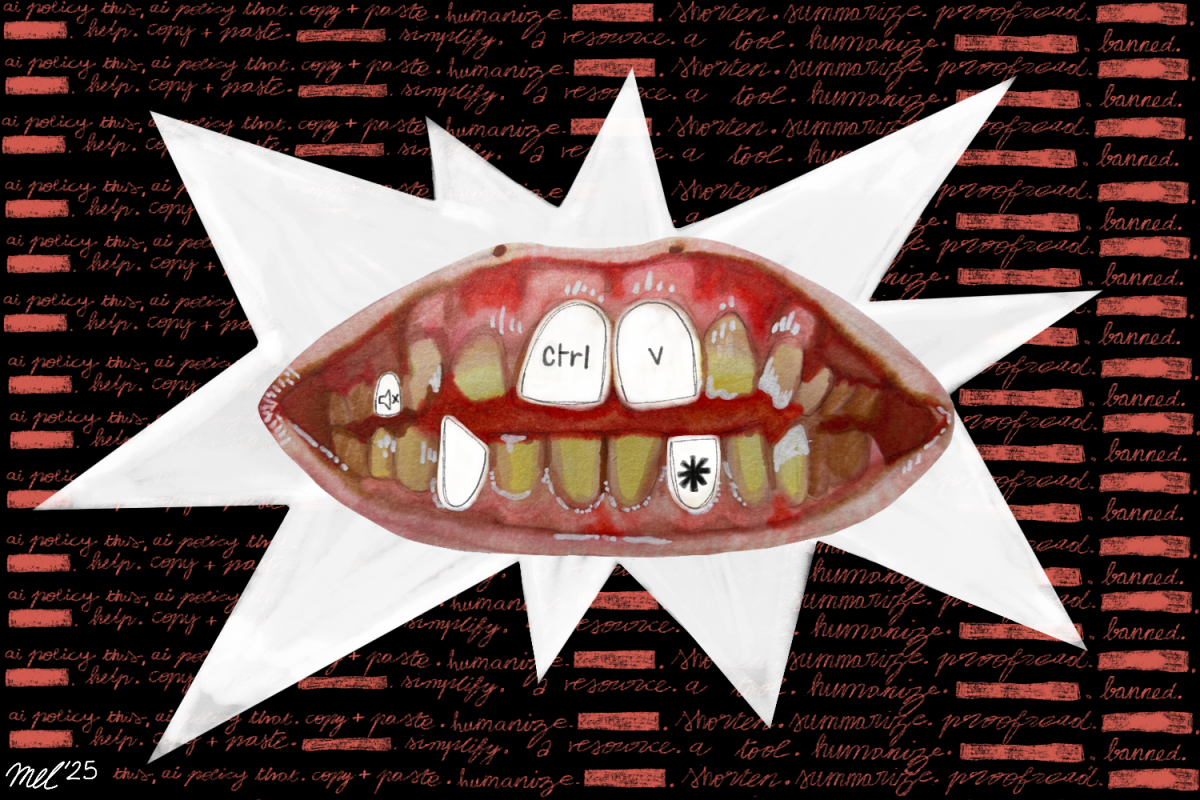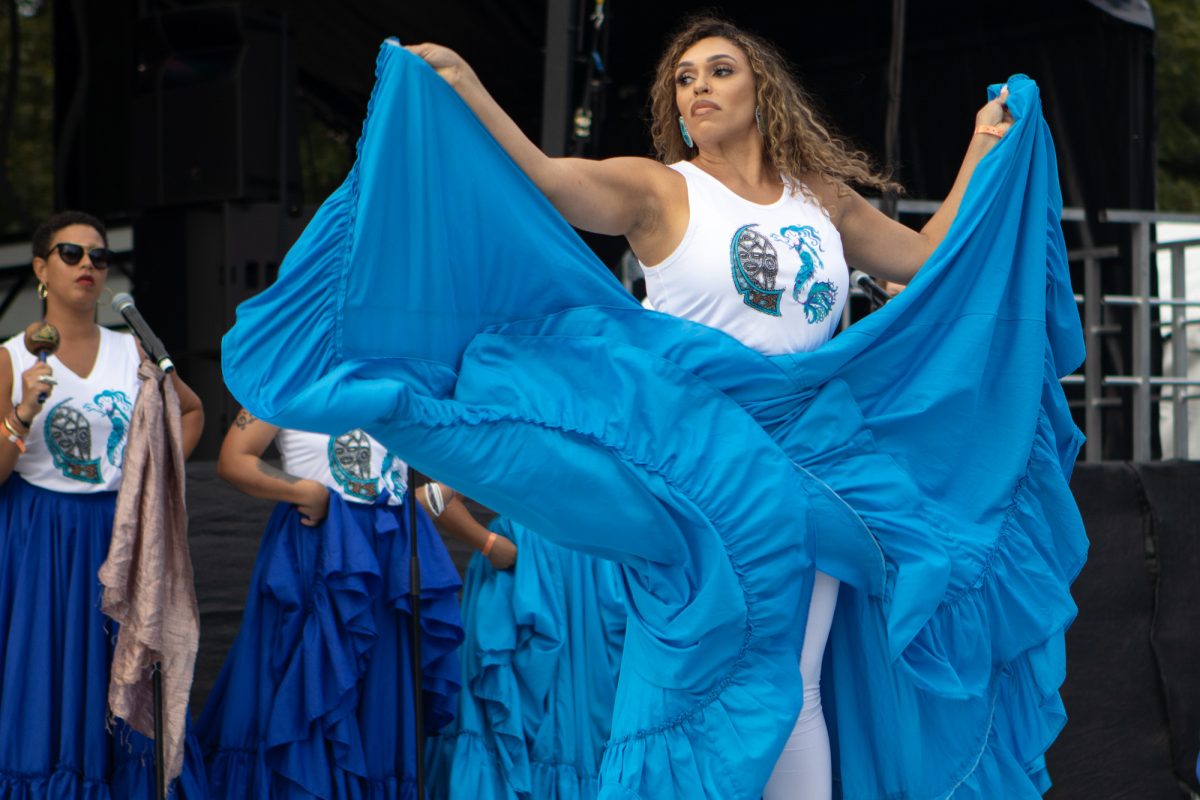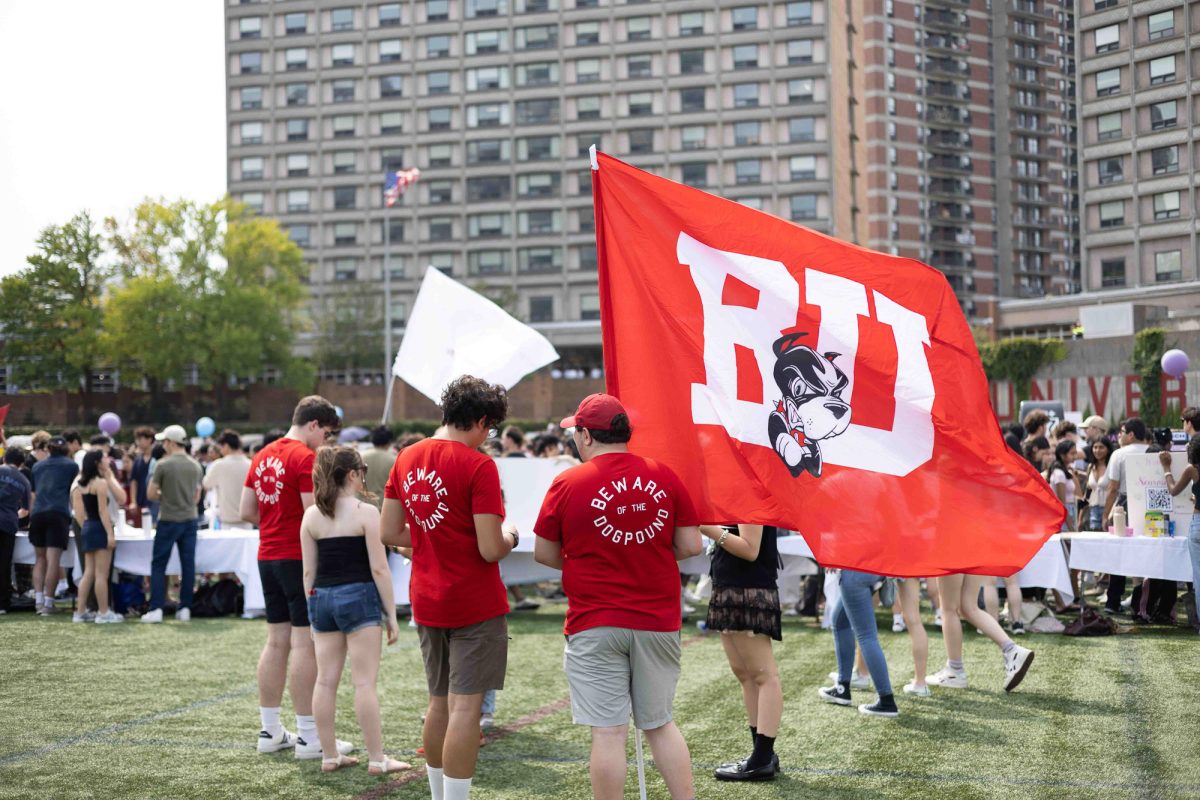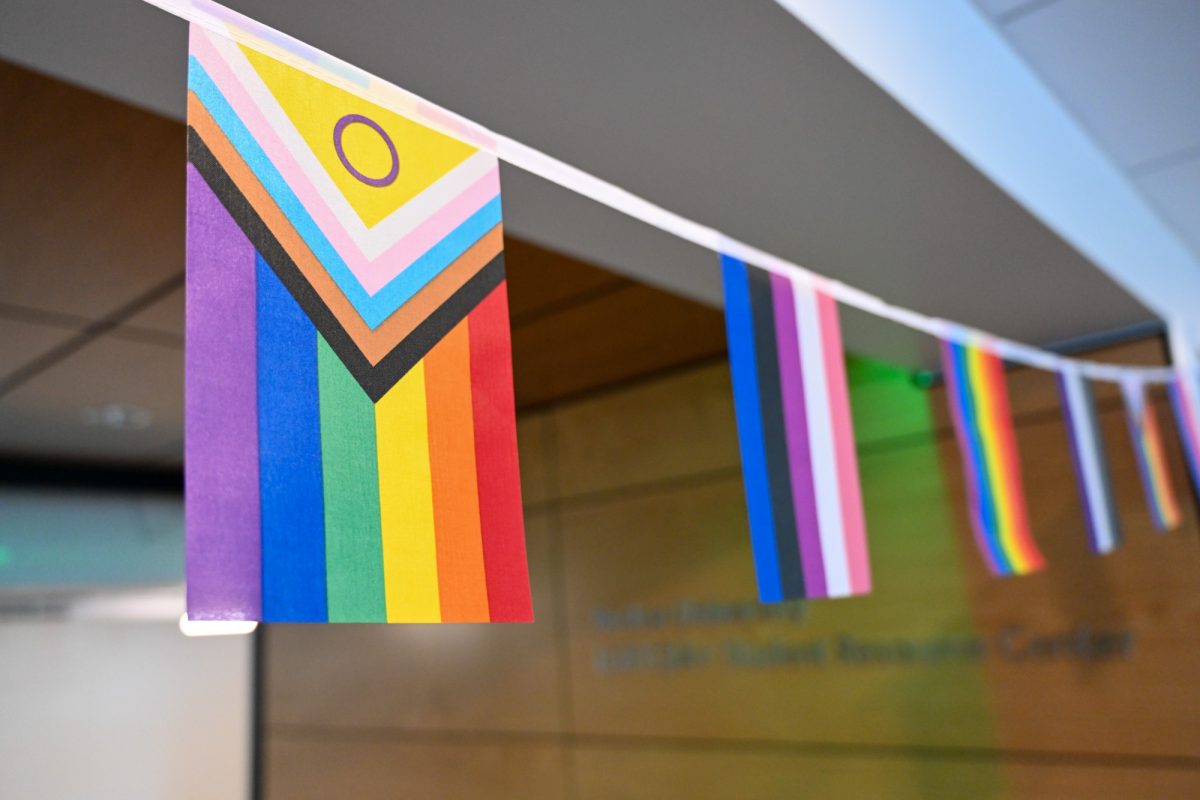The Boston University Photonics Department and iRobot Corp. have teamed up to produce a new mobile military robot designed to detect enemy snipers in the battlefield, which may be used by the United States in the Middle East.
The combat-proven robot prototype, dubbed REDOWL (Robot Enhanced Detection Outpost With Lasers), can pinpoint the direct locations of snipers or mortars fired after the first shot.
“It’s an extremely powerful package,” said Glenn Thoren, director of the BU Photonics Center and REDOWL project manager. “REDOWL more than satisfies mission requirements to provide advanced optical and acoustic detection capabilities to the U.S. military.”
iRobot’s PackBot, based in Burlington, is used with REDOWL and is a battery-powered lightweight robot currently deployed in active service in U.S. Army missions in Afghanistan and Iran. These robots are used to explore dangerous terrain and to enter buildings searching for booby traps.
“Combining optics and acoustics systems together with iRobot’s PackBot to detect and locate a source of hostile fire or track moving vehicles, day or night, is a first in systems integration for unmanned vehicles,” Thoren said.
REDOWL employs laser range-finder gear, sound-detection equipment, a Sony digital camera that can zoom in on distant objects or people and display infrared images. The robot’s microphones can calculate the source of the gunshot and reveal the target with its lasers and camera.
“The robot can actually turn around and see exactly where the shot came from,” Thoren said.
iRobot’s Executive Vice President and General Manager Joe Dyer said the robot will be a valuable addition to the battlefield.
“You’ll actually see the sniper before the smoke disappears from the shot,” he said. “Snipers have had the advantage of being effectively invisible, making them a deadly threat on the battlefield and in urban settings. The mobility of REDOWL means they can run, but they cannot hide anymore.”
The BU Photonics Center specializes in developing technologies based on the application of light. Armed with a Business Accelerator that enables them to speed these projects into commercialization, BU has traditionally been at the forefront of developing and groundbreaking technologies, Thoren said.
College of Arts and Sciences sophomore Bryan Mentlik said he has heard about the project and is excited about the possibility of its use.
“It seems like something out of a science fiction movie but we at BU have the technology to develop such projects,” he said. “It’s really going to save a lot of lives out on the battlefields.”
CAS sophomore Anthony Tsai said collaborating with outside research firms helps to increase the university’s potential.
“We have all these great resources, great facilities and great researchers,” he said. “If we can help private companies develop their technologies, I say go for it.”
No contracts have been issued for the REDOWL yet, but Thoren said the prototype tested well at the recent Army convention.
“I’m sure these robots will be out on battlefields soon,” Mentlik said. “This innovation is pretty amazing and I don’t see why the U.S. Army won’t want to use it.”


